‘It was the scariest wall I’ve ever seen’: Free Solo star Alex Honnold takes on the Arctic in his new Disney Plus series
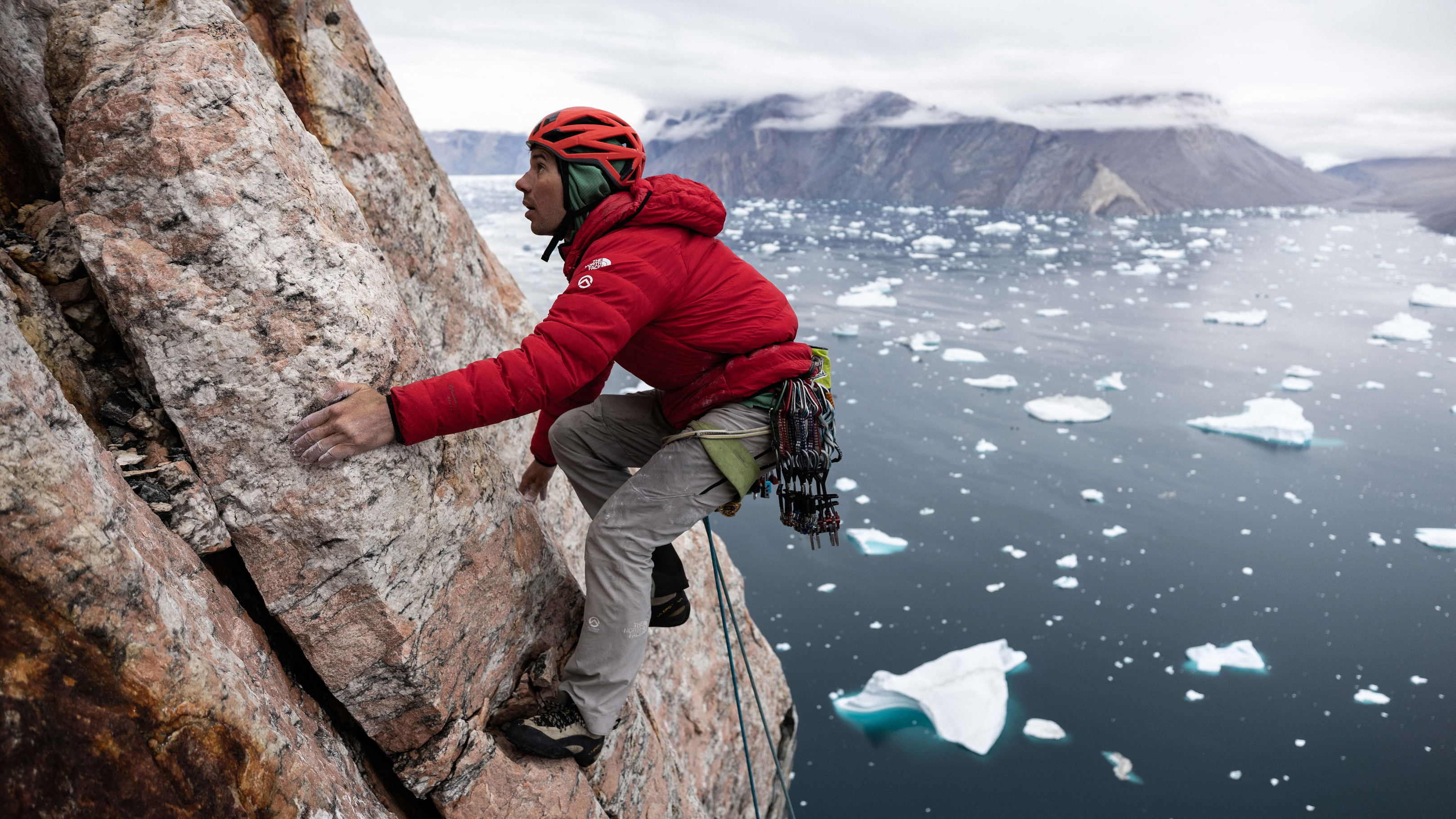
About halfway through National Geographic’s new documentary series Arctic Ascent with Alex Honnold, the show’s eponymous climbing star is struck in the face by a mean-looking shard of falling glacial ice. The bridge of his nose begins to bleed, and he takes a selfie to capture the moment, smiling into the camera with a set of newly blood-stained gnashers. Minutes later, Honnold is back on all fours to continue his journey towards Greenland’s Ingmikortilaq sea cliff – one of the highest unclimbed rock faces on the planet.
“It’s definitely way better to get hit by ice than rock,” Honnold says with the wry smile of someone who’s clearly seen worse. “If that had been a rock, it for sure would’ve broken my nose – if not put a hole straight through my face.”
This talent for deadpan delivery has helped make Alex Honnold one of the most famous rock climbers in the world right now. His superhuman climbing ability (and absolutely huge hands) have of course played their part in that ascension, but it was Honnold’s strangely calming screen presence that elevated Jimmy Chin and Elizabeth Chai Vasarhelyi's Free Solo documentary – which chronicled the then-31-year-old’s quest to climb the legendary El Capitan rock face without ropes – to Oscar-winning glory in 2019.
Now, Honnold returns to screens in Arctic Ascent with Alex Honnold, a three-part series in which he and a team of scientists lead an expedition across Greenland to investigate the impact of climate change – as well as to make a death-defying first ascent of Ingmikortilaq (which translates to “the separate one” in Greenlandic).

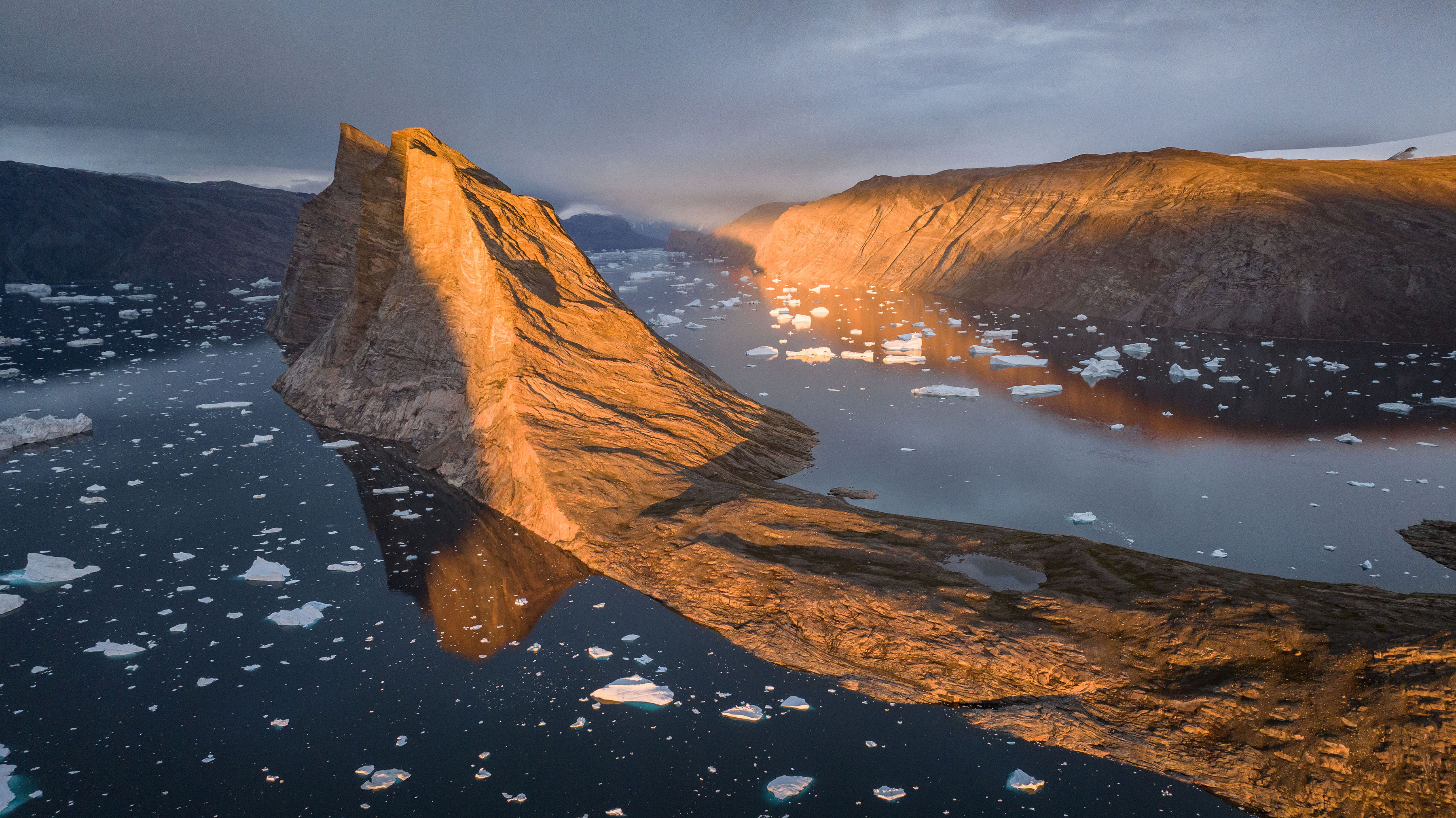
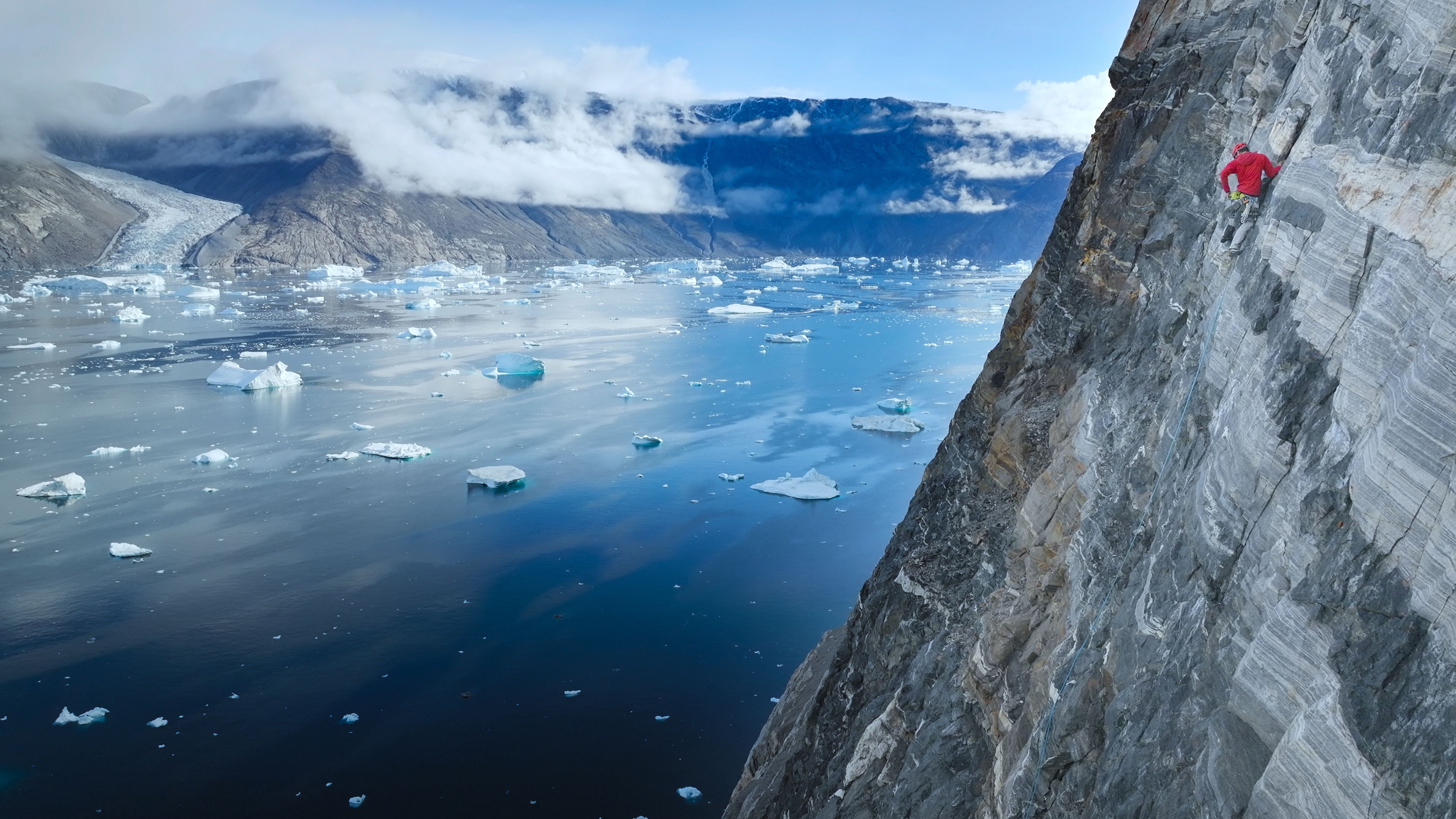
To get a taste of the unique challenges posed by sub-zero temperatures and melting glaciers, TechRadar spoke to Honnold ahead of the series’ February 5 premiere on Hulu in the US and Disney Plus in the UK and Australia.
“It was very cold, for sure,” Honnold tells us over Zoom from a “closet” (read: not a closet) in his Las Vegas home. “But something that they don’t show that much of in the series is just how much it rained or snowed. It rained or snowed all the time. We had really bad weather. Some of the climbs have been edited to make them look like a single day or two of climbing, but actually, we went up and down in bad weather for like five days.
“In those conditions,” Honnold continues, “your hands get bad. You get super wet. You get freezing cold. You go back to camp to warm up. You try again the next day. So, yeah, the weather was brutal – but actually, that ties back into the whole climate story.”
Sign up for breaking news, reviews, opinion, top tech deals, and more.


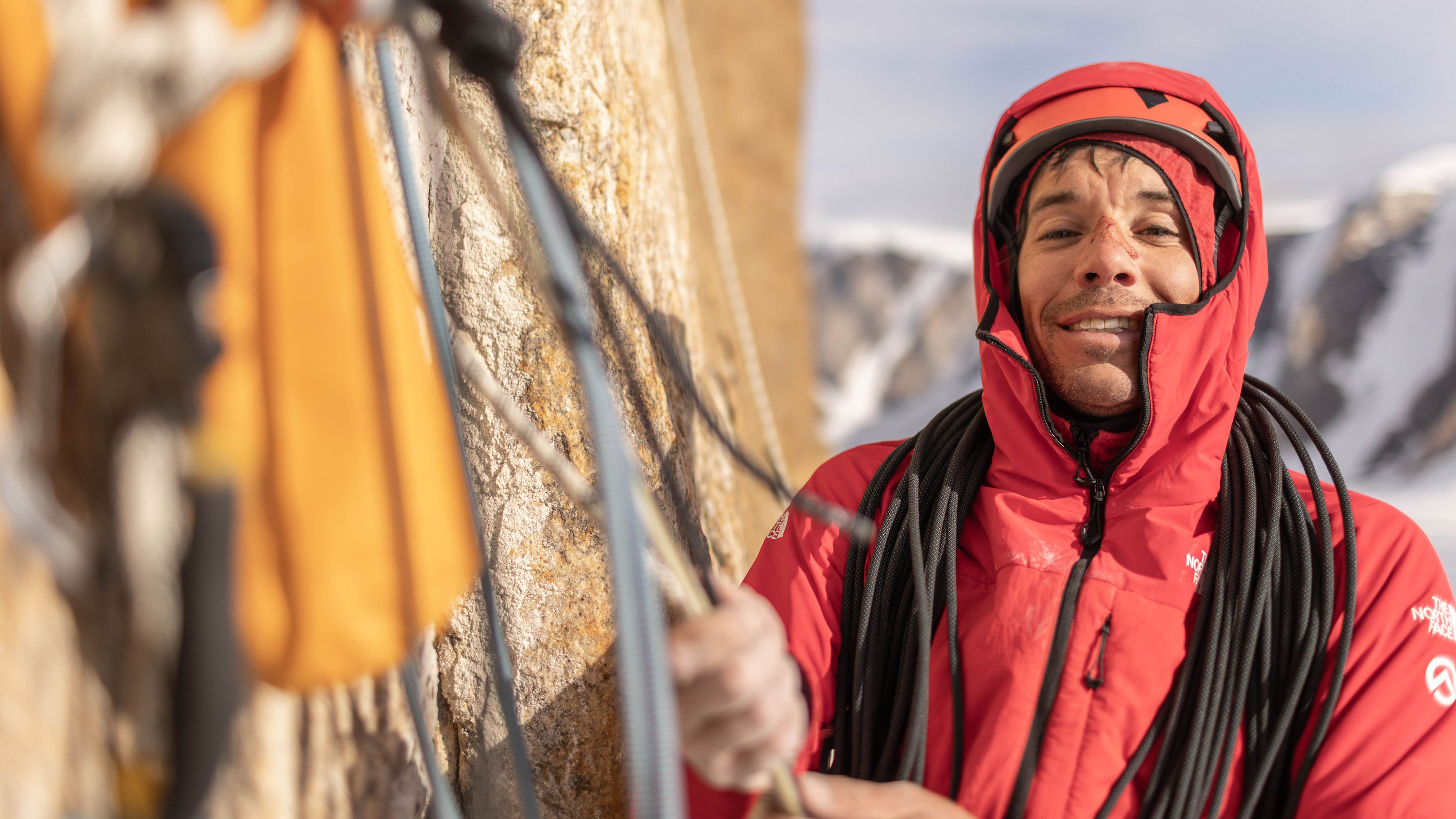
“A lot of the crew [on the series] were from the UK, and at the time [of filming], there were historic heatwaves in the UK; a super high-pressure system was sitting on the country for like six weeks. It was totally crazy. And because of that, there was a low-pressure system sitting on Greenland for the whole summer, so it was equally historically wet and gray and cold and rainy for us. It was one of those things where we’re shooting about climate issues and totally experiencing them at the same time.”
The physical challenges of Arctic Ascent are no less impressive than those documented in Free Solo. From rappelling down into the mouth of a melting glacier to skiing 40 miles across an uncharted ice cap, Honnold and the team encounter all manner of natural extremes on their way to the foot of the show’s 3,750-foot centerpiece sea cliff. But for Honnold, in particular, Arctic Ascent marked a very different experience from the one for which he gained international attention in 2017.
“In many ways, to have this broader goal of scientific discovery made the whole thing feel better,” he explains. “You’re more motivated to do a project like this when you know there’s a reason behind it. Achieving something in climbing is great, and it’s satisfying. But I don’t know if it’s great enough [to warrant being] put on television. Do you know what I mean?
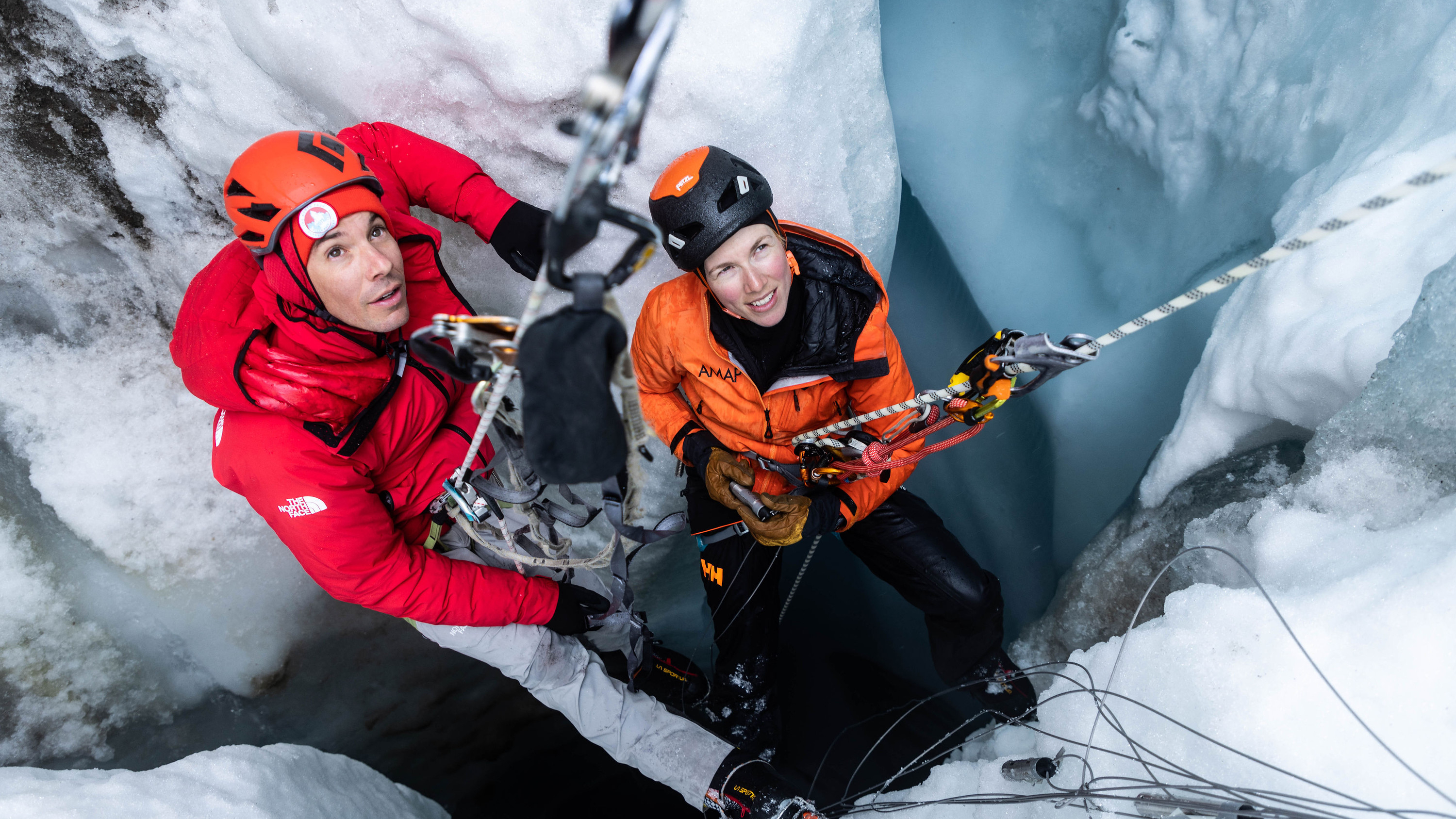

“Whereas giving someone like Heidi [Sevestre, the team’s glaciologist] a platform to talk about climate science to a big audience and showing the beauty of eastern Greenland, the fragility, the importance of the Arctic, and the importance of the Greenland ice sheet to hundreds of millions of people around the world – everything about that makes the project feel worthwhile. That’s a good reason to put a climb on television. The adventure side makes for good TV; it’s visually compelling. But I don’t know if that alone is enough.”
So, how do you go about filming a climate-focused climbing series – one that features no less than two first-time climbers (in Sevestre and the show’s Greenlandic navigator, Adam Kjeldsen) – in an environment where the temperature seldom, if ever, exceeds zero degrees?
“It’s challenging,” Honnold says with a laugh that betrays a difficult memory or two. “With Free Solo, it was actually relatively easy to hike around the backside of the mountain and get up on top [to film]. The infrastructure is there, too, and it's easy to get an Airbnb and have the whole crew posted up. In Greenland, the whole crew was also just camping in the mountains for the whole six weeks. It's all pretty rugged, and there's no easy way to the top, so there’s no easy way to film. We were relying more on long shots, drones, and other angles – just trying to get whatever footage we could in the safest way possible.”

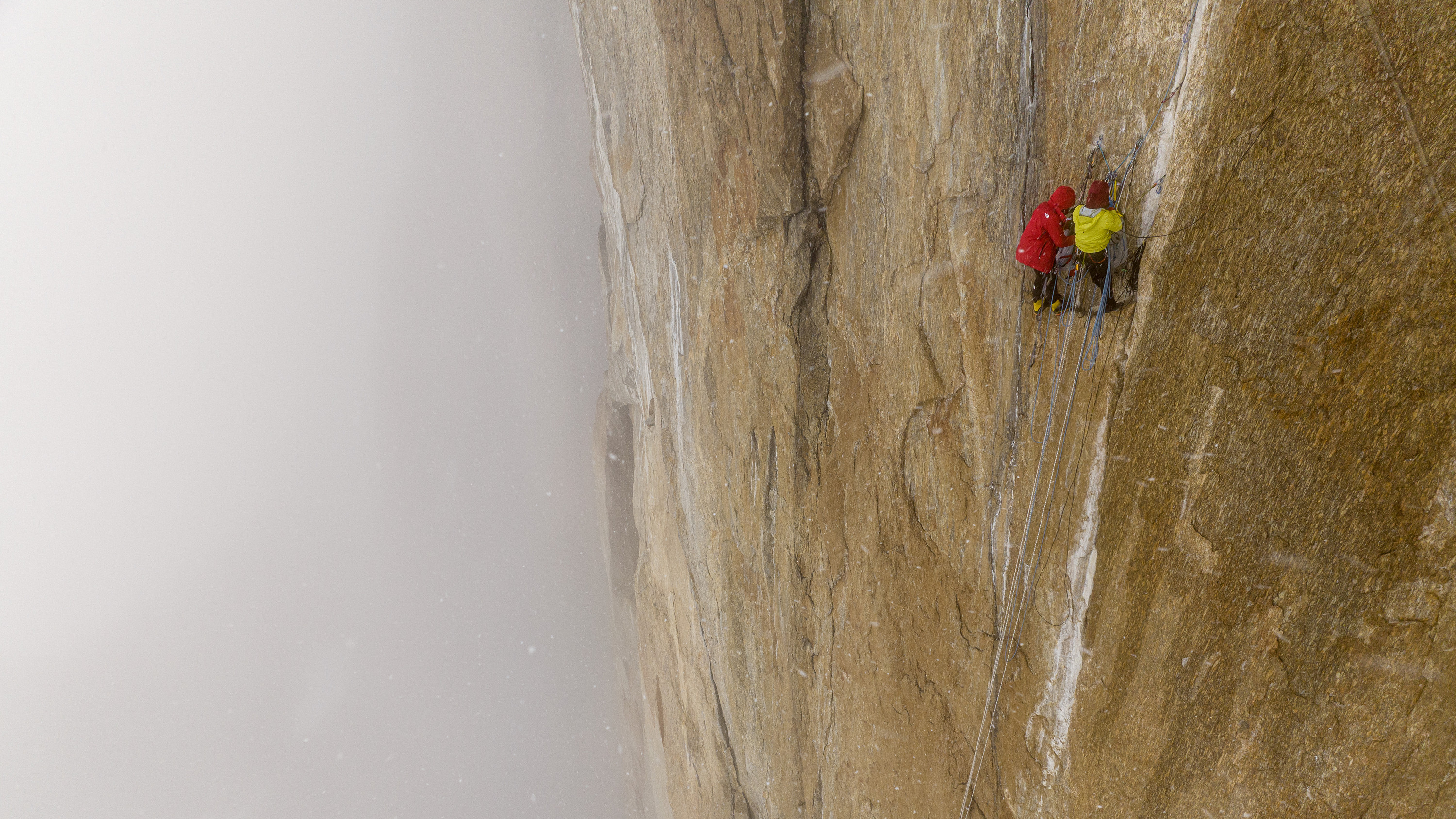
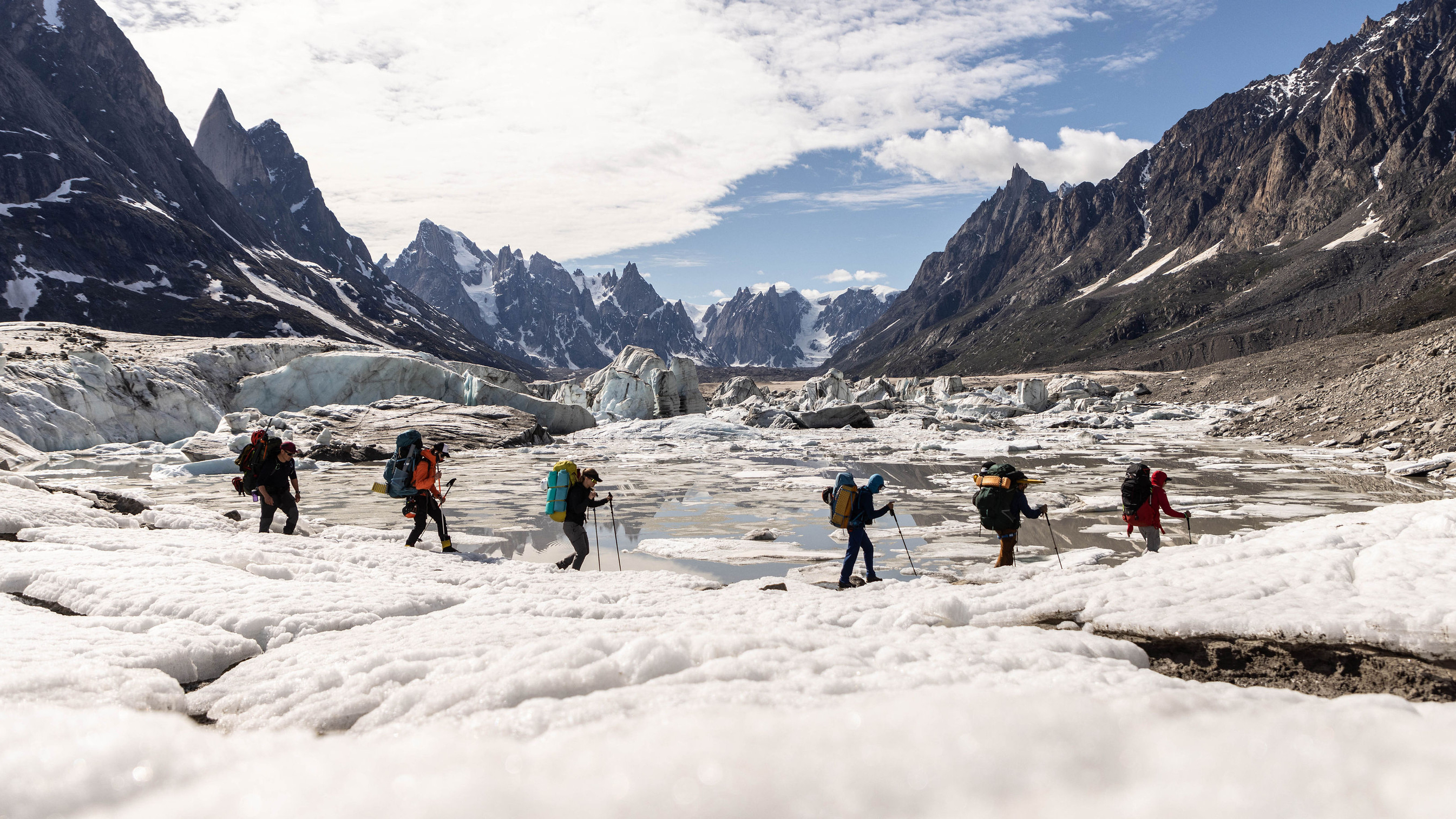
Honnold is also keen to give particular kudos to the series’ “awesome” camera crew. “In Free Solo, they elected to show the camera crew quite a bit – just because there was nobody else there, and [the camera crew] were a critical part of my team. But with this show,” he explains, “for whatever reason, [the producers] elected to just keep the on-screen talent on screen. The camera crew is totally separated – which, you know, sort of does a disservice to the camera people who worked very hard to do all the same things that we were doing. Climbing, camping on the wall with us and everything. But that's just television.”
As for Ingmikortilaq itself? “It was the scariest wall I’ve ever seen,” Honnold admits. At 3,750 feet, it’s more than twice the height of the Empire State Building and nearly 1,000 feet higher than Free Solo’s El Capitan. But hey, who’s counting?
Arctic Ascent with Alex Honnold premieres on National Geographic on February 4. All episodes will be available to stream on Hulu and Disney Plus from February 5.
You might also like...

Axel is TechRadar's Phones Editor, reporting on everything from the latest Apple developments to newest AI breakthroughs as part of the site's Mobile Computing vertical. Having previously written for publications including Esquire and FourFourTwo, Axel is well-versed in the applications of technology beyond the desktop, and his coverage extends from general reporting and analysis to in-depth interviews and opinion.
Axel studied for a degree in English Literature at the University of Warwick before joining TechRadar in 2020, where he earned an NCTJ qualification as part of the company’s inaugural digital training scheme.